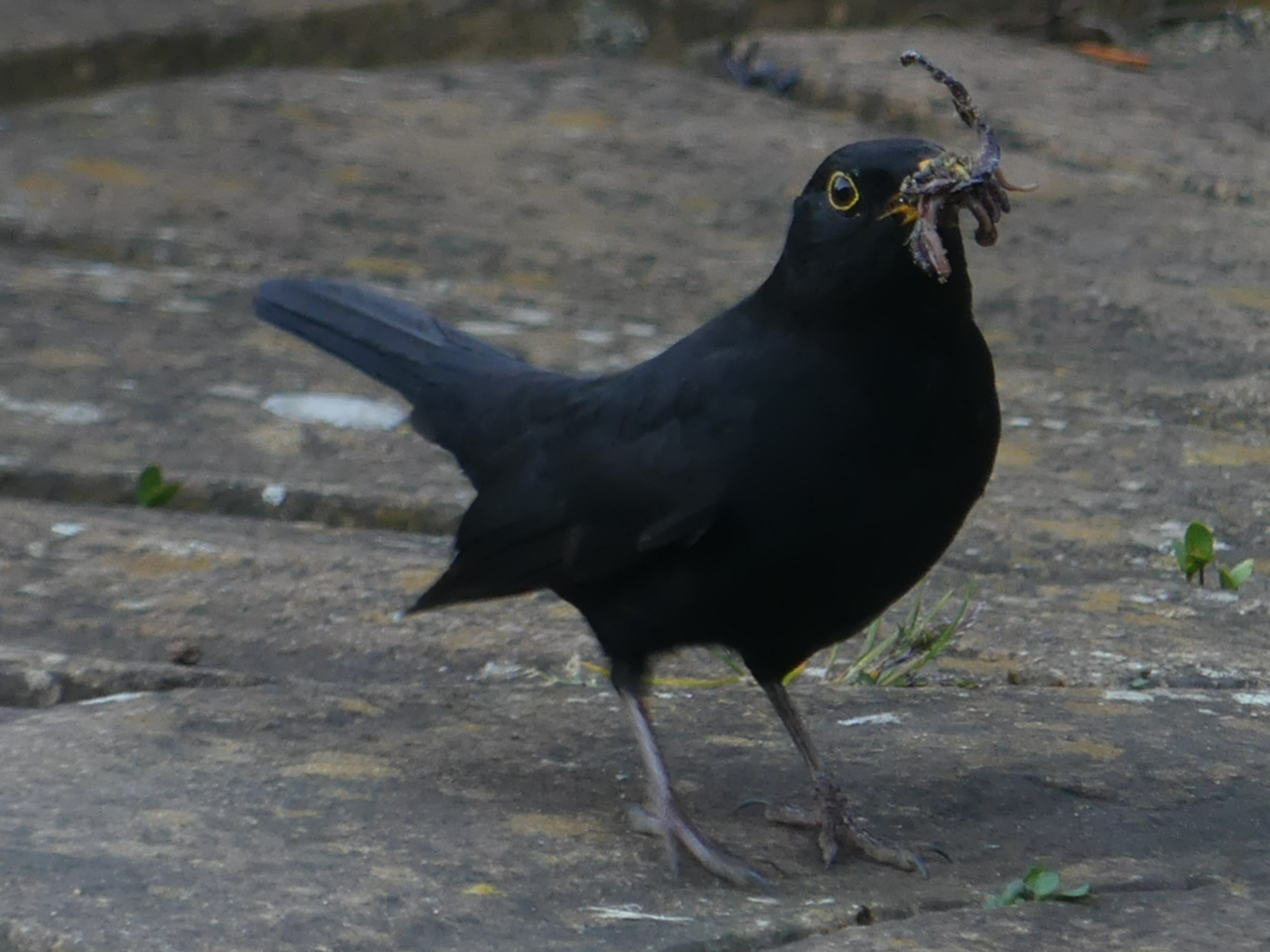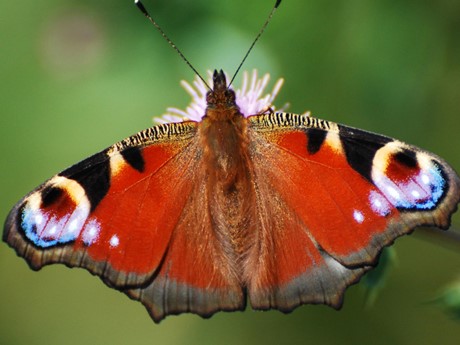What does extreme heat mean for wildlife?
Fritha West, 19/07/2022
The State of the UK Climate 2021 report has now been released. To learn more about how our climate is changing, and how Nature's Calendar has helped to track this, check out our Analysis page.
This summer has been the hottest on record. Many of you have been getting out and about in the sunshine, but not all species do so well in extreme heat. What changes have you noticed in this heatwave, and how can you put these observations to good use?
*If you are thinking about recording wildlife near you, remember you can attract species to your garden (and help support them) by putting out water and leaving some areas wild to provide shade.*
A few weeks ago, we received some of our earliest ripe blackberry records (from the 28 June). This warm weather has been a boon for some species, and we are seeing fruits and nuts ripening faster than ever. However, although we might enjoy the sunshine and early foraging trips, it can spell disaster for wildlife.

Photo: Ben Lees / WTML
Early ripening
The effects of climate change include warmer summers. This can mean a bountiful harvest of fruits and nuts, but if it gets too hot, fruit may be smaller and drop earlier, to help the plant preserve water. Ripening now happens earlier for lots of species, which may mean less food is available to animals that rely on them in the autumn months. In order to fully understand the impact that extreme heat has on autumn events, we need you to help us record more of these observations on Nature’s Calendar.
Leaf tinting
Heatwaves often go hand in hand with drought. Lack of water can create serious problems for trees, and the impacts of severe drought can still be seen decades later. This year, you may see leaves on trees tinting earlier due to drought conditions. Even if you feel you are seeing a ‘false autumn’, please do record any tints you see, especially if they are widespread in your area or on a tree you record every year.
Birds
Like many animals, birds can’t sweat. They can find it very hard to keep cool in a heatwave. By leaving out water and keeping some areas of your garden wild and shady, you can create a safe haven for birds and other wildlife. Natural food sources, like worms and other insects may be less widely available in the heat so you can try putting out moist foods like soaked sultanas and currants.
- Remember – if you are putting out food and water for birds, you might see new species coming in. It’s important to remember that the first time you see something isn’t necessarily the first time it has visited your area. Check out our expected date ranges on Nature’s Calendar so you know what to expect and when.

Fruit and nuts can ripen faster, or even drop prematurely, during heatwaves. Photo: WTML

Birds can struggle to find food in extreme weather. Photo: Steve Mulford
Active amphibians
Hot weather can impact amphibian life cycles. Warmer water may mean that tadpoles develop faster, but it can also result in a lack of or greater competition for water. Amphibian and Reptile Conservation (ARC) has some great tips for looking after pondlife in hot weather.
Reptiles and amphibians rely on the sun for heat, so they are often more active on warmer days. The same goes for our recorders! After a sunny weekend we see a surge in newt records. This year we have had lots of reports of first sightings much later than we would expect – but remember, the first time you see something isn’t necessarily the first time it has visited your area. Check out our expected date ranges on Nature’s Calendar so you know what to expect and when.
Other ways to record
Nature’s Calendar looks at the timing of natural events and wildlife activity rather than distribution of different species. You can see the expected date ranges for different species on our website, but generally, if you aren’t sure that this is a first appearance for that species, don’t submit a record this time around. It is still very useful information but would be better recorded on something like iRecord or your local biological records centre And now you know you that species is present, you can keep an eye out next year!
Future heatwaves
Climate change means that extreme weather like heatwaves and drought will become more and more frequent, but understanding the impacts of climate change is a key part of fighting it. Next week, the State of the UK Climate report will be published, and we will take a look back at the climate in 2021. Phenology (or the timing of natural events) plays an important part in this analysis. You can help us track the impacts of weather and seasonal changes by looking out for wildlife near you.

